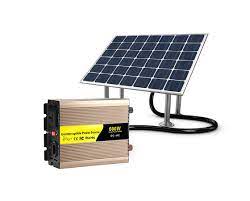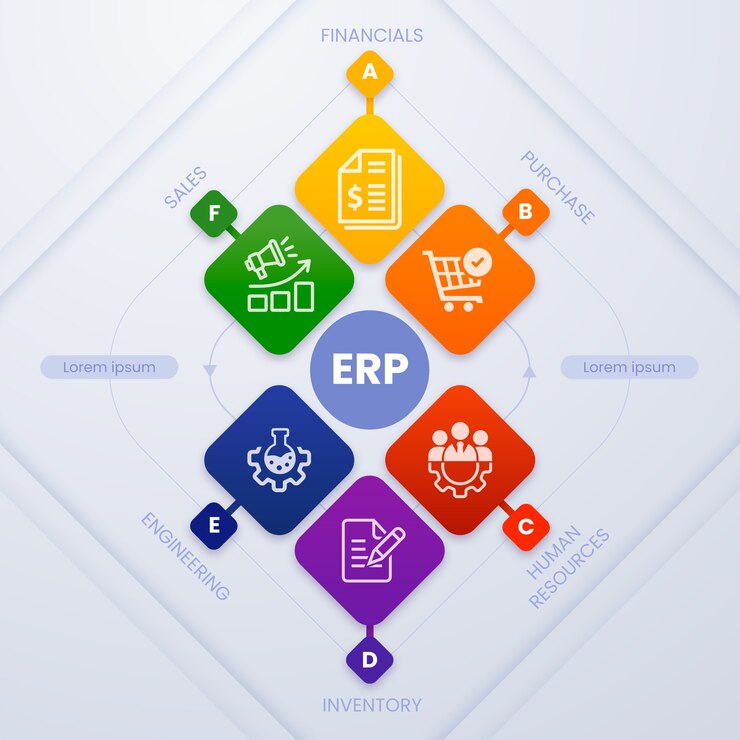In a quiet village nestled among rolling hills, Maria gazed at the stars, her home glowing softly with lights powered by the sun. Years ago, her community struggled with unreliable electricity, but now, thanks to solar batteries, their nights were as vibrant as their days. This is the story of how solar batteries are transforming lives, capturing the sun’s boundless energy and storing it for when it’s needed most—a tale of innovation, sustainability, and hope.
What Are Solar Batteries?
Understanding the Basics
Solar batteries are devices that store energy generated by solar panels, allowing households and businesses to use solar power even when the sun isn’t shining. These batteries capture excess electricity produced during the day and release it at night or during cloudy periods, ensuring a consistent energy supply.
How They Work
Solar batteries function by storing direct current (DC) electricity generated by solar panels. When energy is needed, the stored DC is converted to alternating current (AC) through an inverter for use in homes or businesses. Common types include lithium-ion, lead-acid, and flow batteries, each with unique advantages in capacity, lifespan, and efficiency.
Why Solar Batteries Matter
Energy Independence
Solar batteries empower users to rely less on traditional power grids. For Maria’s village, this meant freedom from frequent outages and rising utility costs. By storing solar energy, households can maintain power during blackouts or peak demand times, enhancing energy security.
Environmental Impact
Using solar batteries reduces dependence on fossil fuels, cutting carbon emissions. This eco-friendly approach aligns with global sustainability goals, making solar batteries a cornerstone of the clean energy revolution.
Cost Savings Over Time
While the initial investment in solar batteries can be significant, long-term savings are substantial. By storing and using solar energy, users reduce their electricity bills. Incentives and rebates in many regions further offset costs, making solar batteries an economically smart choice.
Types of Solar Batteries
Lithium-Ion Batteries
Lithium-ion batteries dominate the market due to their high efficiency, long lifespan (10-15 years), and compact size. They’re ideal for residential use, offering reliable performance for homes like Maria’s.
Lead-Acid Batteries
Lead-acid batteries are more affordable but have a shorter lifespan and lower efficiency. They’re suitable for off-grid systems where cost is a primary concern, though they require regular maintenance.
Flow Batteries
Emerging as a promising option, flow batteries offer scalability and long lifespans. They’re less common in homes but are gaining traction for large-scale applications due to their durability and flexibility.
Choosing the Right Solar Battery
Factors to Consider
Selecting a solar battery depends on energy needs, budget, and system compatibility. Key factors include capacity (measured in kilowatt-hours), depth of discharge (DoD), and cycle life. Higher DoD and cycle life indicate better performance and longevity.
Installation and Maintenance
Proper installation by certified professionals ensures optimal performance. Maintenance varies by battery type—lithium-ion requires minimal upkeep, while lead-acid batteries need regular checks. Maria’s village learned this firsthand, scheduling annual maintenance to keep their systems running smoothly.
The Future of Solar Batteries
Technological Advancements
Innovations in battery technology are making solar batteries more efficient and affordable. Solid-state batteries and improved lithium-ion designs promise higher capacities and faster charging, paving the way for wider adoption.
Integration with Smart Grids
Solar batteries are increasingly integrated with smart grids, enabling real-time energy management. This allows users to sell excess power back to the grid, further enhancing cost savings and grid stability.
Scaling for Global Impact
As demand for renewable energy grows, solar batteries are poised to play a critical role in global energy systems. From rural villages to urban centers, they’re helping communities transition to sustainable power sources.
Challenges and Solutions
High Initial Costs
The upfront cost of solar batteries can be a barrier. However, declining prices, financing options, and government incentives are making them more accessible. Maria’s village, for example, benefited from a local grant program.
Recycling and Disposal
Battery disposal poses environmental challenges. Advances in recycling technologies are addressing this, with programs emerging to repurpose used batteries responsibly.
Limited Lifespan
While battery lifespans are improving, they still require replacement after 5-15 years. Research into longer-lasting materials is ongoing, promising more durable solutions in the future.
Conclusion
Solar batteries are more than just technology—they’re a bridge to a sustainable future. From Maria’s village to cities worldwide, they’re enabling energy independence, reducing environmental impact, and driving economic savings. As innovations continue to lower costs and improve performance, solar batteries will light the way for a cleaner, greener world, ensuring the sun’s energy powers not just our days but our dreams for generations to come.
If you are interested then click http://quicktrends.co/






